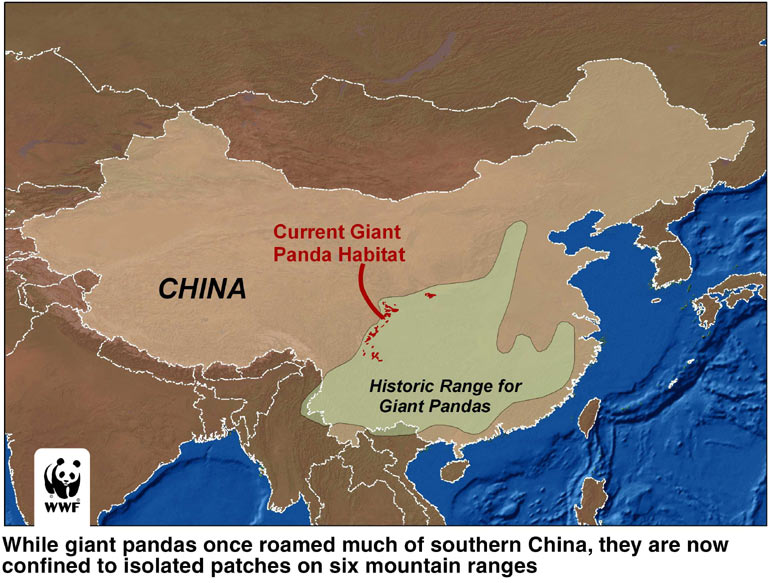The threats against giant pandas are also threats to the forest, plants, and environment. All these things involve biology and are important to balancing ecosystems. Biology is the study of life, and when living things are being threatened we need to stop and help those things to keep balance to Earth’s natural order.
What is being done and what more can we do? China has taken action and created preservations to help the Pandas population, and to keep them safe. Pandas are recognized as an endangered species and are under watch by organizations like WWF and ESA (Endangered Species Act). You can help by supporting these organizations and donating. Also, you can spread knowledge and educate people of their misfortune. This may increase donations and decrease the panda’s habitat’s tourism and help keep their habitat in tact.



